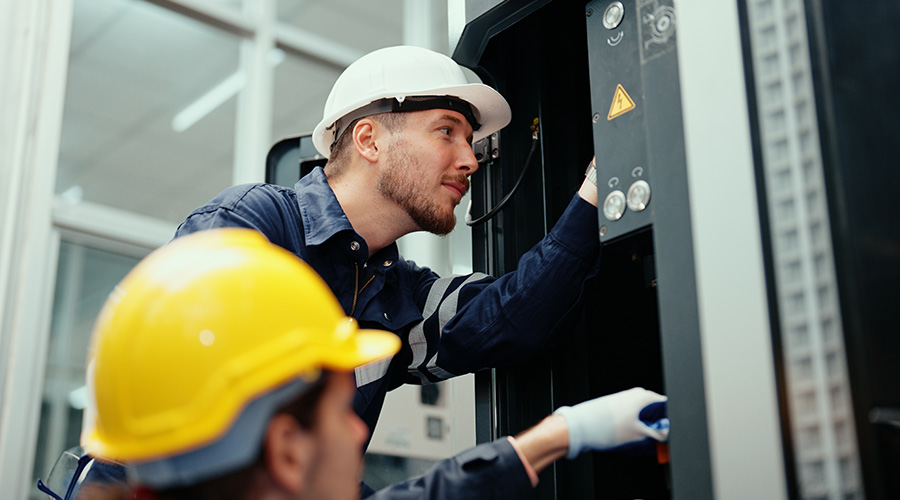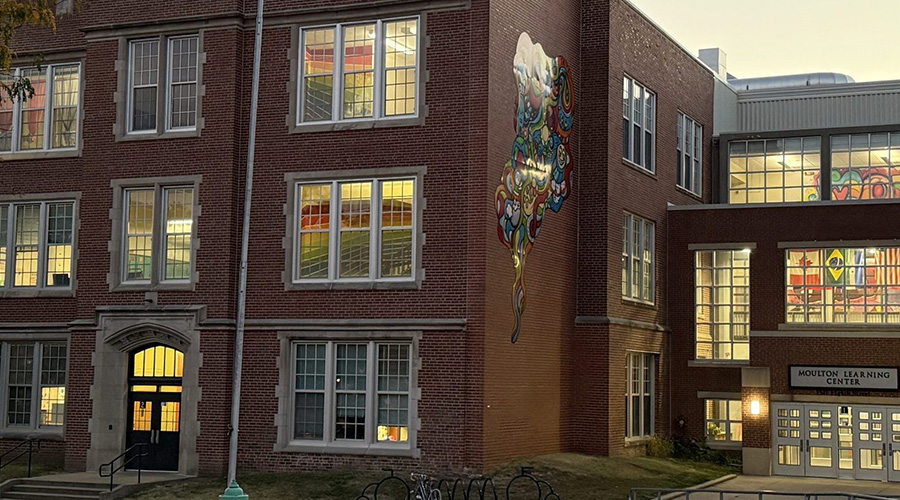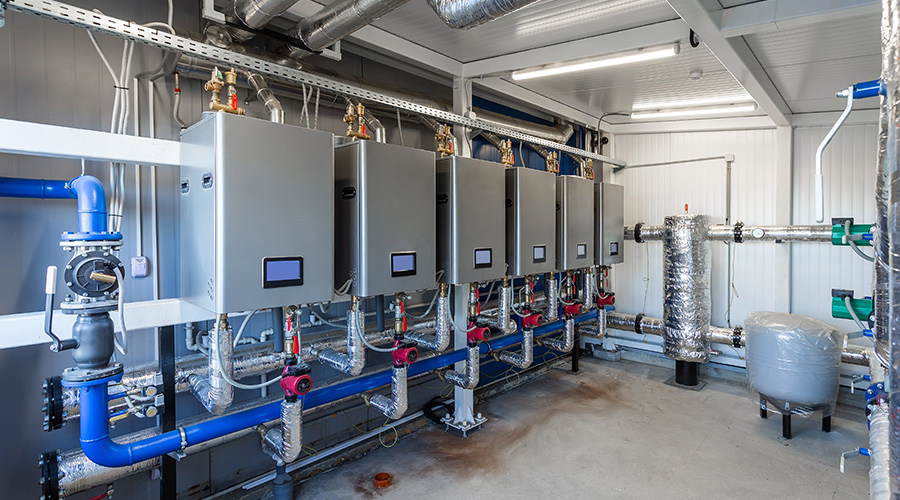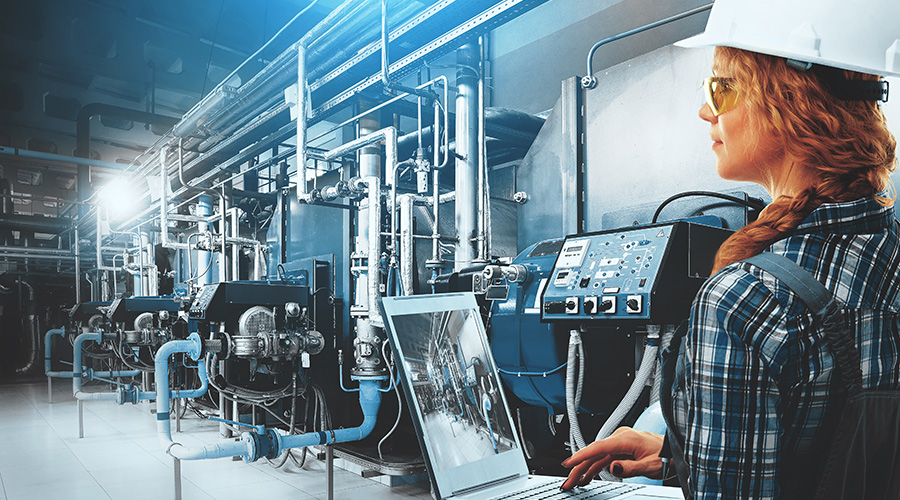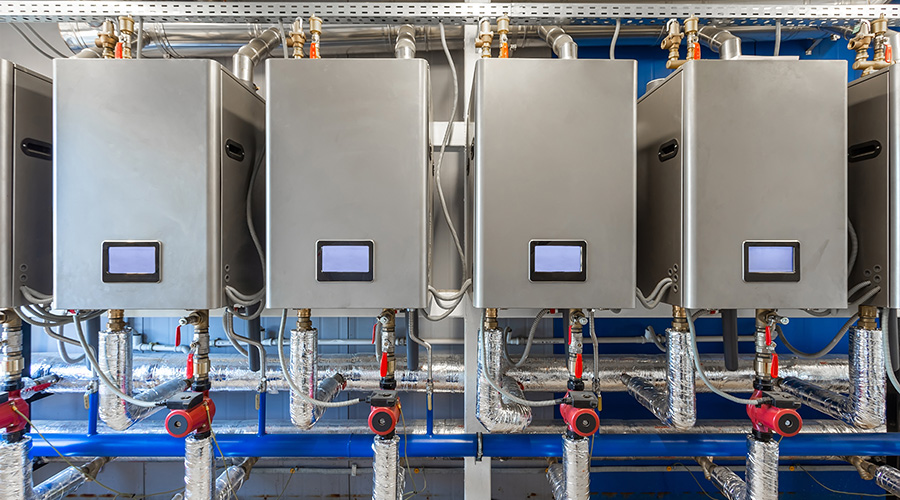Maintenance As the Key to Healthy Indoor Environments
Operations and maintenance programs play a critical role in the performance of HVAC systems, the welfare of people in the building and the success of the organization.
Years ago, I was talking with a maintenance and engineering manager as we toured his campus when we spotted a problem. Water was gushing from the ground where it should not have been. The problem? A cracked, buried water line.
The manager put a call into his team, and before I knew it, four people and a backhoe were digging up the area. Minutes before, the campus had been quiet, and not a soul was around. As I remarked on the change, the manager laughed and said there is nothing a facilities team loves more than responding to an emergency. It got them out of the daily monotony of preventive maintenance tasks.
I get it. Operations and maintenance, one of the core functions of facility management, can seem boring, especially if we look at it as a list of never-ending tasks — that ever-present deferred maintenance backlog that looms over facilities that we do not want to talk about.
But as scrutiny grows over the impact of indoor building environments on human health, building owners and occupants can take another perspective: Operations and maintenance programs play a critical role in the performance of HVAC systems, the welfare of people in the building and the success of the organization.
Americans spend about 90 percent of their time indoors, according to the U.S. Environmental Protection Agency (EPA). Building occupants expect their indoor environments to be comfortable — not too warm, not too cold, not stuffy and not weird smelling.
Managers count it a success if occupants notice nothing aberrant about the interior environment and go about their daily business. To get that result, it takes a good team and an effective operations and maintenance program.
What makes a successful operations and maintenance program? I like to think that success consists of five overarching areas that focus on desired outcomes and the people who support them. Let’s unpack each of these areas.
Understanding equipment and performance
This area always surprises me. I see a lot of facilities in which supervisors and technicians do not fully understand the systems and equipment in their buildings, let alone how they should operate.
A comprehensive inventory of maintainable equipment forms the foundation of any effective operations and maintenance program. The equipment must be maintained, so if systems are added or replaced, there is a record of their existence.
A narrative system description, such as one that a building operating plan might contain, can help technicians understand the way systems are supposed to operate. For example, a few HVAC system basics dictate how the system will be controlled, and they are typically defined by modes of operation — occupied, unoccupied, flush-out, etc.
When do managers want the system to run? What space temperature are technicians trying to maintain in summer and winter? What happens if the space gets too humid or too dry? Can we adjust outside air ventilation to account for an increase in carbon dioxide (CO2)? Do we have alarms?
Understanding the equipment in a facility and the way building systems should operate to support the environment being managed are critical for the facilities team to understand. They help inform future actions when an occupant complaint or a technician inspection uncovers a problem.
Maintenance matters
This area is all about taking care of systems and equipment, so they operate to provide the desired performance. This is the area most people think of when we think preventive or scheduled maintenance – daily, weekly, monthly and annual activities, such as changing belts and filters, cleaning coils, checking temperatures, cleaning steam traps and p-traps and lubricating motors. The area also includes predictive and corrective maintenance.
One part that is often missed and undervalued is commissioning, the comprehensive testing and validation of system performance to ensure they are operating as intended. Whether occupants change their spaces, technicians modify systems, components fail or controls fall out of calibration, one certainty is that the way a system operated when it was installed is seldom the way it operates after installation.
For this reason, commissioning is recommended every five years. Facilities where systems are periodically commissioned tend to be more efficient, have fewer problems and provide better occupant comfort.
Laurie Gilmer is president and chief operating officer of Facility Engineering Associates. Gilmer is past chair of IFMA’s global board of directors. She is IFMA's liaison to the Building Industry Decarbonization Collaborative and serves on the national visiting committee of Building Efficiency for a Sustainable Tomorrow.
Related Topics:








